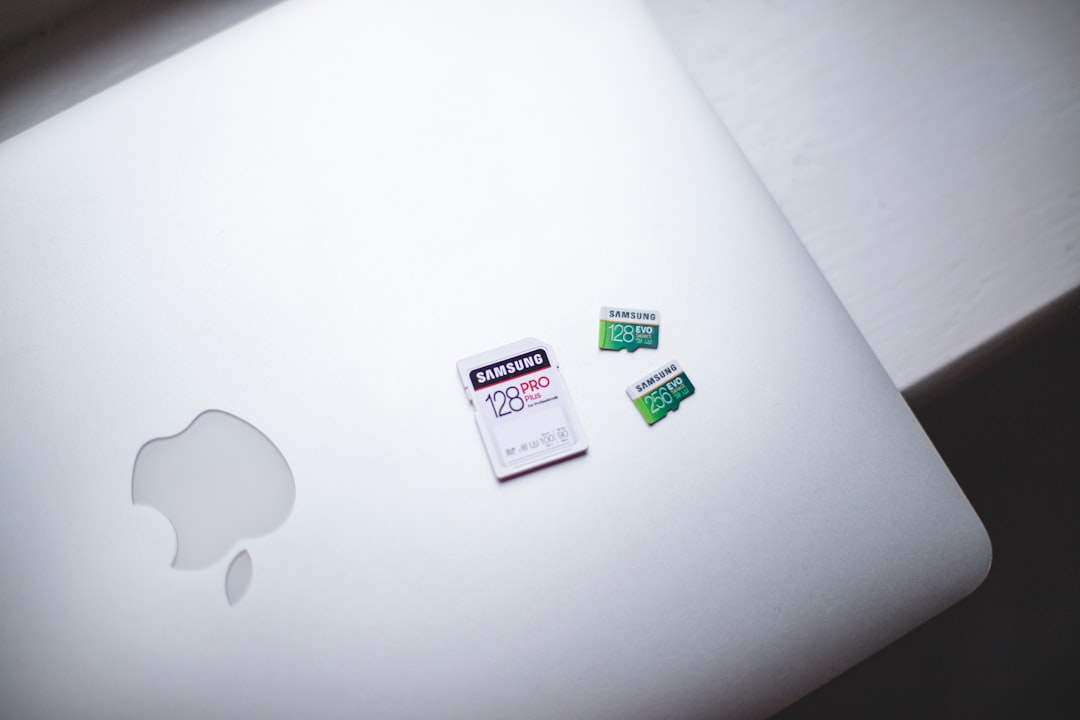Ever get annoyed when your Mac automatically capitalizes the first letter of your sentences? You’re not alone. Sometimes, it just gets in the way—especially if you’re typing something casual, coding, or chatting with friends. Good news: you can turn off Auto Caps in just a few clicks. Let’s make your Mac behave just the way you want it!
Why Turn Off Auto Caps?
While Auto Caps is helpful for some, it’s not for everyone. Here are a few reasons people turn it off:
- You’re writing in all lowercase for style.
- You’re coding and don’t want capital letters interfering.
- You just don’t like computers making decisions for you.
Got your reasons? Great. Let’s dive in and fix it!
Step-by-Step: Turning Off Auto Caps on Mac
Don’t worry—this won’t take more than a minute. Follow these quick steps.
- Click the Apple logo in the top-left corner of your screen.
- Select “System Settings” (on macOS Ventura and newer). If you’re on an older macOS version, it might say “System Preferences.”
- In the sidebar, click on “Keyboard.”
- Now, click the “Edit” button next to “Input Sources” or scroll to the text input section.
- Look for an option labeled something like “Automatically capitalize words.”
- Turn this off by clicking the toggle switch.
That’s it! No more automatic capital letters. Easy, right?
Different Paths for Different OS Versions
Your Mac’s version might look a little different. If so, don’t panic. Here’s how to handle it depending on your operating system.
On macOS Ventura or later:
- Click on the Apple logo.
- Go to System Settings > Keyboard > Input Sources.
- Click “Edit,” then turn off auto-capitalization.
On older macOS versions like Monterey or Big Sur:
- Go to System Preferences.
- Click on Keyboard.
- Switch to the Text tab.
- Uncheck “Capitalize words automatically.”
Remember: Apple likes to rearrange things a bit with each update. But the option is always there—you just have to know where to look.
Want to Disable Auto Caps in Just One App?
Maybe you still want Auto Caps in email but not in Notes. Yes, that’s possible too!
For example, in the Notes app:
- Open the app.
- Start a new note.
- From the menu at the top, choose Edit > Substitutions.
- Uncheck “Smart Capitalization.”
You can do the same in other Apple apps like Mail and Messages.
If you’re using third-party apps like Microsoft Word or Google Docs, they have their own settings. You’ll need to adjust those separately inside the app.
Bonus: Turning Off Auto Correct Too!
Auto Caps usually comes hand in hand with Auto Correct. If you’re fighting one, you might want to disable both. Here’s how:
- Go back to System Settings > Keyboard.
- Scroll down (or click “Text Input”).
- Toggle off “Correct spelling automatically.”
Now, your words won’t be corrected or capitalized unless you want them to be. Sweet freedom!
Does This Affect Bluetooth Keyboards?
Great question. If you’re using an external keyboard or a Bluetooth one, don’t worry. This setting applies to all the input devices connected to your Mac. So once you turn off Auto Caps, it stays off, no matter what keyboard you’re using.
What About Language Settings?
Auto Caps works on a per-language basis. So, if you have multiple language keyboards, you may have to adjust the setting for each one.
Follow the same steps under System Settings > Keyboard > Input Sources.
Select each language, click Edit, and turn off auto-capitalization individually.
Wait—It’s Still Not Working?
If you’ve followed all the steps and Auto Caps is still happening, here are a couple of things to check:
- Restart your Mac after making the change. Sometimes settings don’t update right away.
- Double-check the keyboard for third-party apps. They can override system settings.
- Are you using dictation or voice typing? That usually applies its own rules.
Pro Tip: Master the Shift Key
If you’re turning off Auto Caps, you’ll want to get cozy with the Shift key again. That’s how most of us typed back in the day!
- Shift + A: makes a capital A
- Shift + any other letter: same idea
It might feel like going analog, but you’ll survive. Muscle memory will kick in.
Create a Shortcut for Settings
Want to make your life even easier? Add a shortcut to your Keyboard settings in the Dock:
- Open System Settings.
- Right-click the Settings icon in the Dock.
- Choose Options > Keep in Dock.
That way, if Auto Caps sneaks back in, you’re only one click away from stopping it.
Final Thoughts
Auto Caps is a pretty smart feature, but sometimes we just want to take control. Whether you’re writing poems in lowercase or sending quick messages without formality, you have the power to choose how your Mac treats your words.
Now that you know how to turn off Auto Caps, enjoy typing the way that feels right for you.
Go ahead, be the boss of your keyboard!
- Using a Javascript splitter for Text - December 5, 2025
- Google Pixel 9 Pro case Reviews: Protection vs. Style - December 4, 2025
- SQL order by descending: Sorting Data Effectively - December 4, 2025
